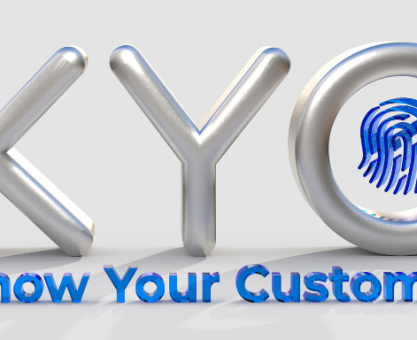Executive Summary
-
Blockchain technology is set to transform traditional banking systems by 2025, offering enhanced security, speed, and cost-efficiency.
-
Major banks are already piloting blockchain solutions, highlighting its potential to streamline cross-border transactions.
-
Challenges such as regulatory hurdles and technological adoption must be addressed for successful integration.
-
Experts recommend phased implementation and collaboration with fintech to maximize blockchain‘s benefits.
-
Tools like smart contracts and decentralized ledgers are key resources for financial institutions integrating blockchain.
Introduction
Imagine a world where banking transactions are instantaneous, fraud is virtually non-existent, and operational costs are dramatically reduced. This is the promise of blockchain integration in banking—a revolutionary shift expected to redefine payment systems by 2025. For investors, founders, and corporates, understanding this transformation is crucial. In this article, we explore how blockchain technology is poised to reshape the banking sector, the benefits it offers, the challenges it faces, and strategic insights for successful implementation.
Definitions / Context
Blockchain Technology: A decentralized digital ledger that records transactions across multiple computers, ensuring transparency and security.
Smart Contracts: Self-executing contracts with the terms of the agreement directly written into code, facilitating automated and trustless transactions.
Benefits / Pros
-
Enhanced Security: Blockchain‘s cryptographic nature makes it highly secure against fraud and cyber threats.
-
Faster Transactions: Transactions processed on blockchain networks are quicker, particularly for cross-border payments.
-
Cost-Effectiveness: Reduces the need for intermediaries, lowering transaction costs for banks and customers alike.
-
Transparency and Traceability: Every transaction is recorded and immutable, providing a clear audit trail.
Risks / Cons / Challenges
-
Regulatory Compliance: The lack of standard regulations can pose compliance challenges for banks.
-
Technological Adoption: Banks may face hurdles in integrating new technology with legacy systems.
-
Scalability Issues: Current blockchain networks may struggle with high transaction volumes.
Step-by-Step Process
How to Integrate Blockchain in Banking:
-
Conduct Feasibility Studies: Assess the bank’s readiness and identify potential use cases for blockchain.
-
Develop a Strategic Roadmap: Outline goals, timelines, and resources required for blockchain integration.
-
Pilot Projects: Implement small-scale blockchain projects to test viability.
-
Collaborate with Fintech: Partner with technology firms for technical expertise and support.
-
Monitor and Optimize: Continuously track performance and make necessary adjustments.
Real-World Example: In 2023, JPMorgan Chase launched a blockchain-based platform for cross-border payments, reducing transaction times from days to mere hours. This successful integration highlighted blockchain‘s potential to improve efficiency and customer satisfaction.
Expert Tips / Strategic Insights
-
Phased Implementation: Start with non-critical operations to minimize risks and build expertise.
-
Collaborative Approach: Engage with regulatory bodies to address compliance issues early.
-
Focus on Training: Equip staff with the skills needed to manage and operate blockchain technologies.
Tools / Resources / Calculators
-
Blockchain Training Modules: Online courses to help bank employees understand blockchain basics.
-
Smart Contract Templates: Pre-designed contracts to streamline development processes.
-
Regulatory Compliance Checklists: Ensure adherence to evolving blockchain regulations.
Conclusion
Blockchain integration in banking is not a question of if, but when. By 2025, this technology is set to transform payment systems, offering unparalleled security, speed, and efficiency. For financial institutions, the strategic integration of blockchain is a critical move to remain competitive. As banks navigate this transition, collaboration with fintech and regulatory bodies will be key to overcoming challenges.


















